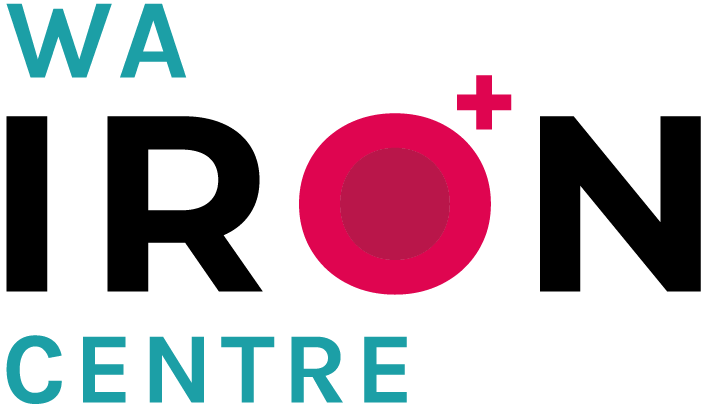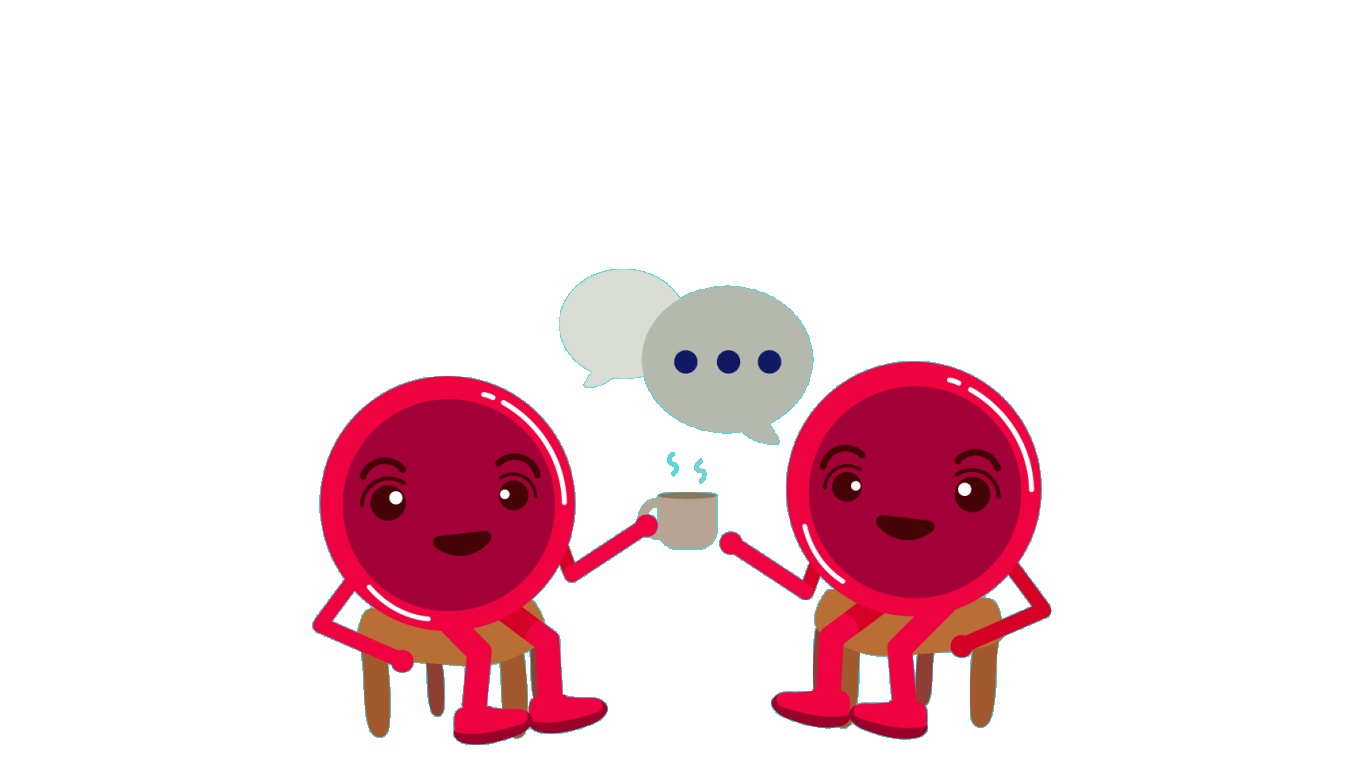Why do I need iron?
Iron is an important part of haemoglobin, the substance in red blood cells that carries oxygen from your lungs all around your body. Haemoglobin makes up around two-thirds of our body’s iron and without iron our body can’t create enough blood cells to move oxygen around our bodies.
What are my treatment options?
The first objective in treating iron deficiency is to replace the iron that has been lost. Simply, this can be done in three ways; diet, oral replacement or intravenous iron. Oral supplements of ferrous sulphate and a change in diet to include more iron-rich foods is the first step in treating iron deficiency.
Iron injections to muscle (often buttock) were used in the past but newer treatments have meant that this practice is now considered obsolete. (minck) Intravenous iron may be prescribed by your doctor. This requires a small amount of intravenous iron to be slowly infused into a vein, which means the insertion of a small plastic tube into your vein to allow the iron to enter your blood stream.
Diet
Increasing dietary intake of iron is generally insufficient to replace iron when the body is iron deficient. This is because so very little iron is absorbed from your diet that the amount of iron rich food that is required to replace the lost iron is unrealistic. Diet however plays a vital role in maintaining your iron levels once the stores are replenished.
Oral iron therapy
Replacing depleted iron reserves with oral iron is generally regarded as the first line of treatment for most people. Generally, it is recommended that 100 – 200 mg of elemental iron per day is necessary. There are a multitude of preparations on the market and they have varying amounts of iron. It is important when you’re reading the labels to look out for elemental iron content of the preparation. This is sometimes not so easy to find and is often buried in the fine print. There are many preparations that have very small quantities of iron and requires taking several capsules and tablets to achieve the required dose.
The evidence does not indicate that one preparation is substantially better than another. However, some preparations may work better for some individuals. Therefore it is worthwhile trying a different preparation before abandoning oral iron replacement altogether.
The main drawback with oral iron therapy are the side-effects. Side-effects don’t always occur but if they do the common ones are diarrhoea, constipation and nausea. Because the constipation is such a common occurrence we often recommend that people increase their fibre and fluid intake and possibly use a stool softener when taking iron supplements.
The other disadvantage with oral iron therapy is that it interacts with other substances in your diet and certain medications. Our pharmacist at the WA Iron Centre will ensure that none of the medications you take regularly interact with the iron tablets and will give you instructions on how to take the oral iron therapy correctly.
The therapy with oral iron medication need to be continued for between 3 to 6 months to ensure that your stores are completely replaced. This is often confirmed with a blood test demonstrating normalisation of your iron stores.
Intravenous iron therapy
The advent of safer and quicker to deliver intravenous iron preparations in recent times has provided another valuable treatment option for treating iron deficiency. The benefits of intravenous therapy is that the entire dose of iron can often be given in one session. These agents are replacing iron quickly and recipients often find them much more convenient. The drawbacks of intravenous therapy are that side-effects to the drug may occur including allergic reactions which may rarely be quite severe, causing anaphylaxis. Another complication of intravenous therapy is when the iron leaks from the vein causing staining to the skin which sometimes, and often, is permanent. It is therefore imperative that if intravenous therapy is performed that the cannula is inserted professionally and every effort is made to ensure that the cannula is in a satisfactory position. Furthermore a nurse should be with you at all times during the infusion as most of the serious adverse effects will occur during the infusion and if they occur they can be managed appropriately. At the WA Iron Centre we ensure that there is a nurse with you at all times and use advanced imaging technology to ensure the cannula is in a proper position.

